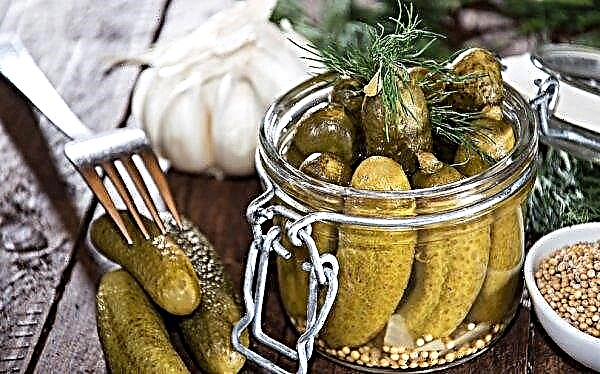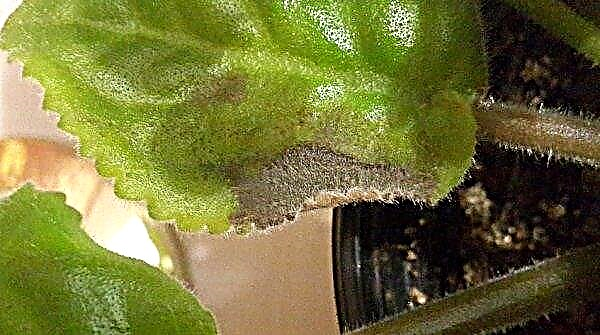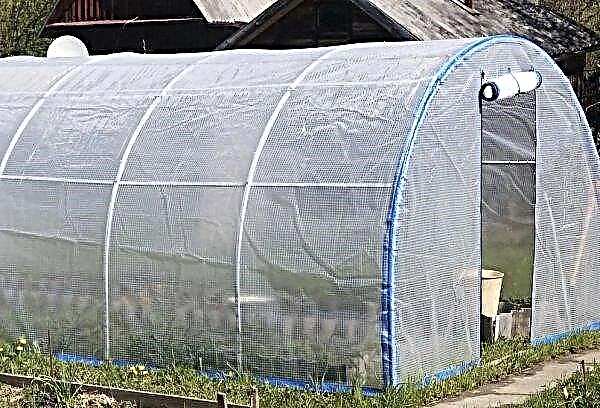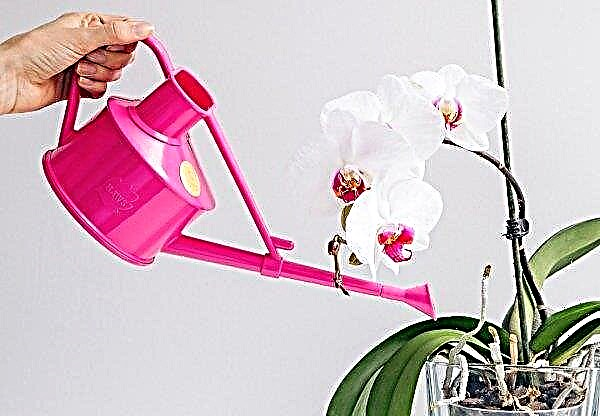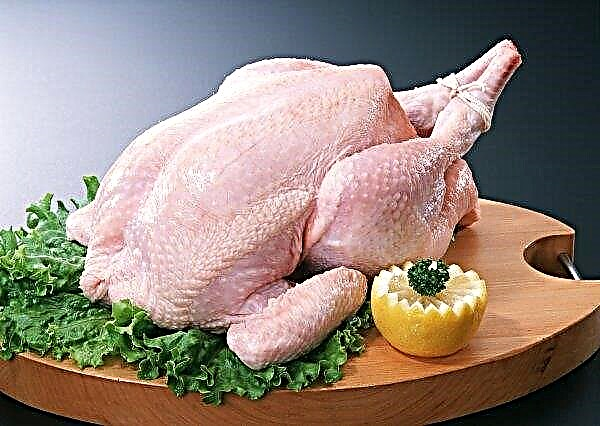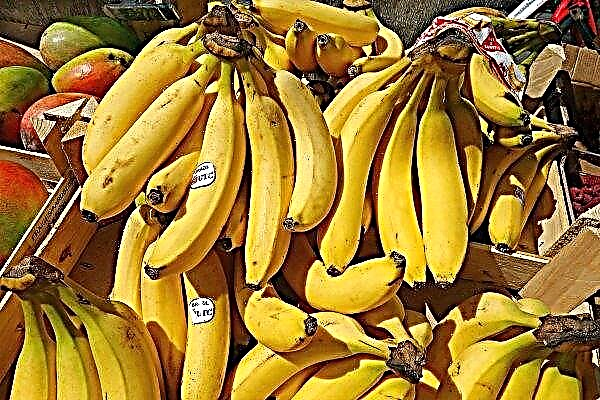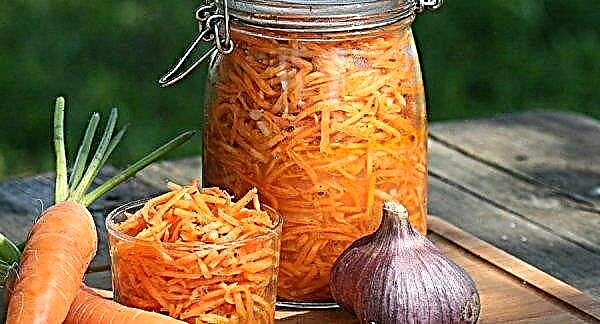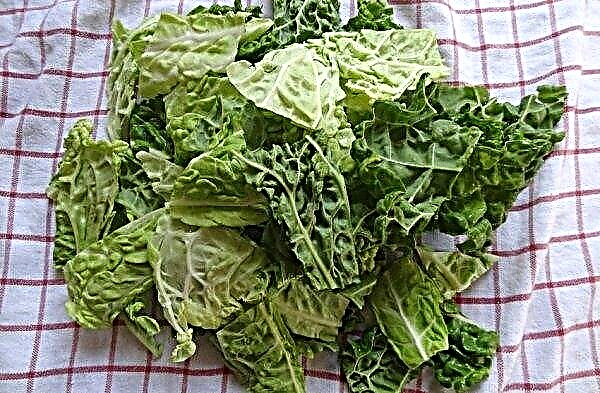Unfavorable weather conditions, in particular, increased frosts, led to the fact that in Italy the production of olives and olive oil decreased by 57%, which in monetary terms is about one billion euros.
Given this negative trend, Italy, one of the leaders in the production and export of olives and olive oil, can very quickly become an importer of these products.
In the country, olive is one of the main cultivated plants; in terms of olive stands, Italy surpasses Greece, which is a classic country for the production of olives.The most widespread in the country are olives of the varieties “frantoio” and “lechino” grown in the southern, central and northern regions of Italy, and the Italians consider the best and most expensive variety of olives “olive tajasca”, which is cultivated in Liguria.
Olive oil in Italy is the basis of most dishes, as well as a common medicine.
To obtain the oil, the olives are either harvested by hand, or they are shaken off the trees onto pre-stretched nets below. After harvesting, the fruits are peeled of leaves and branches, and then either sent to a special machine, in which the seeds are removed or together with the seeds are sent to the press, which exfoliates water and oil.
The quality of olive oil is determined by its acidity. The acidity index of 0.05% and below indicates the highest quality of the oil.

